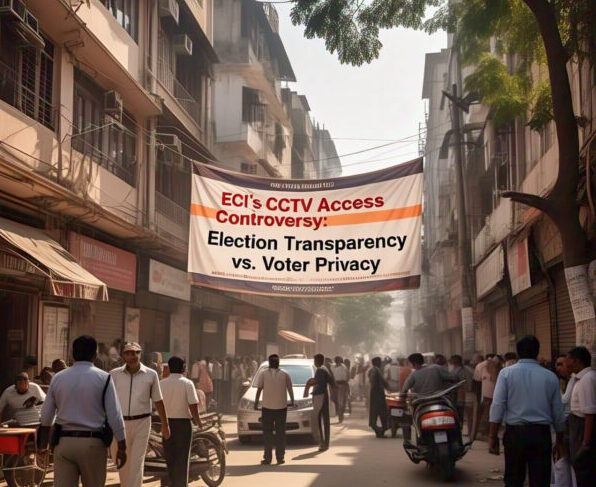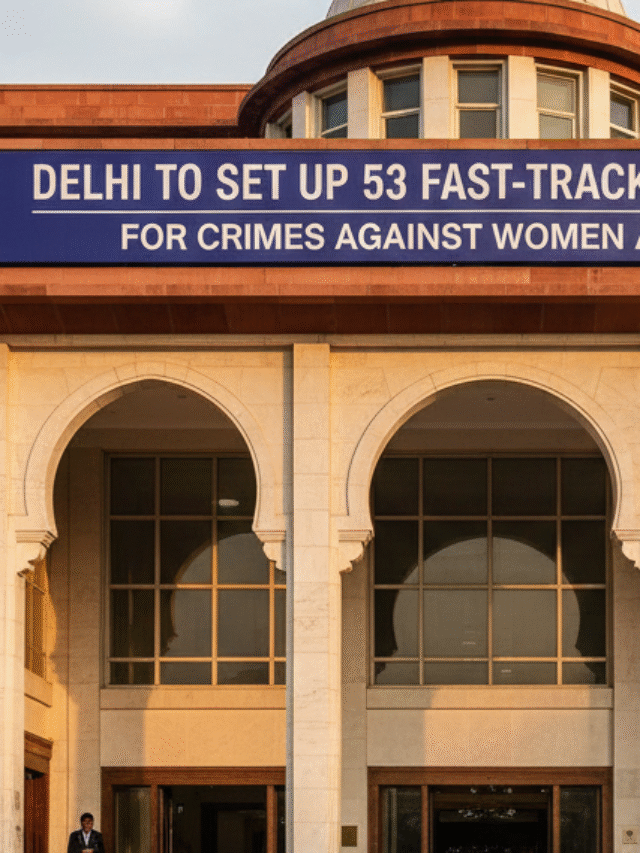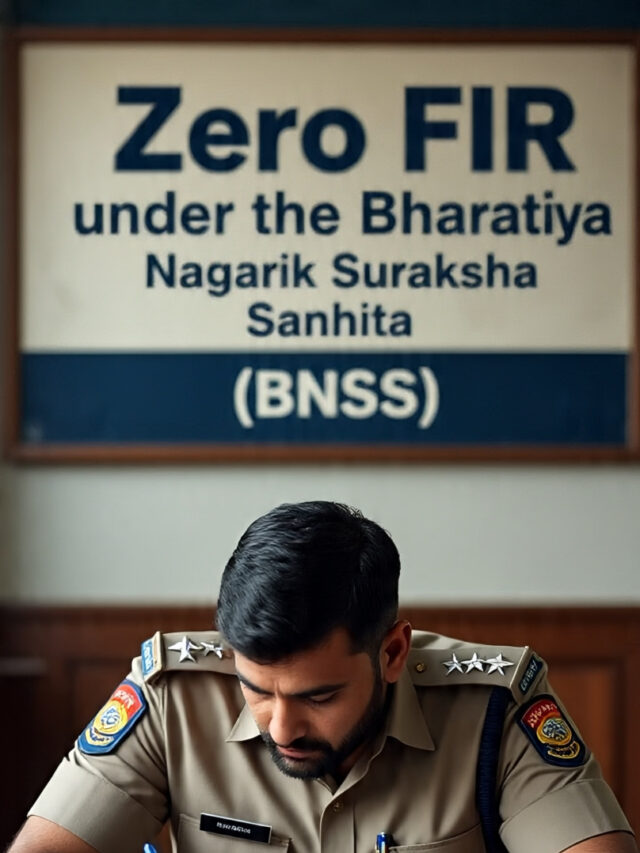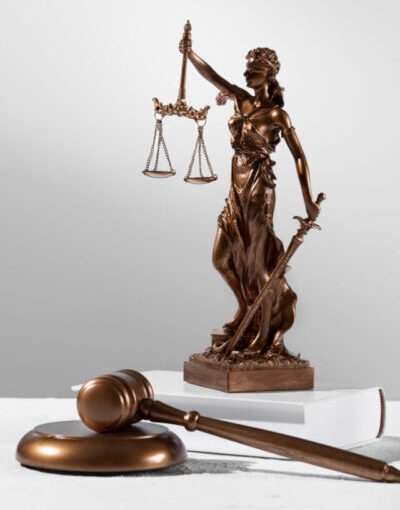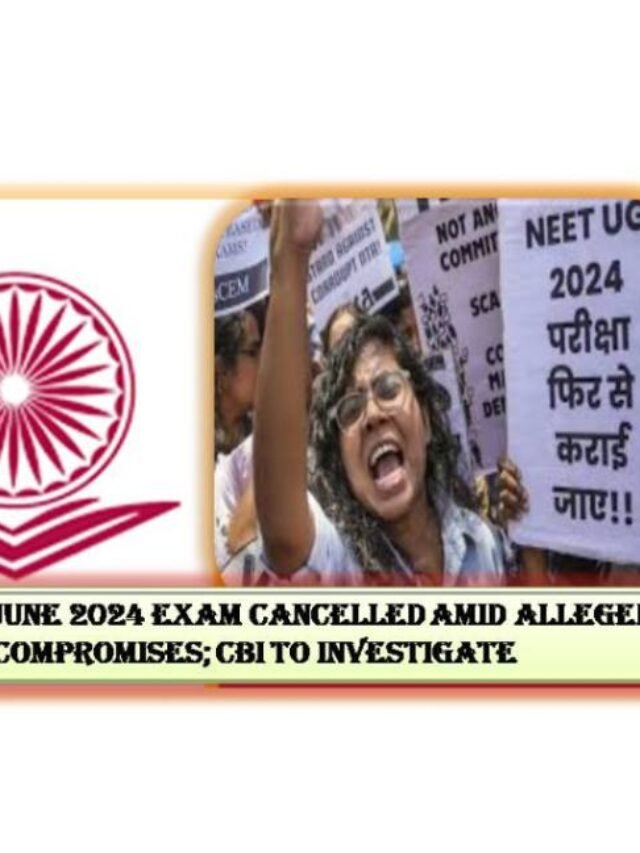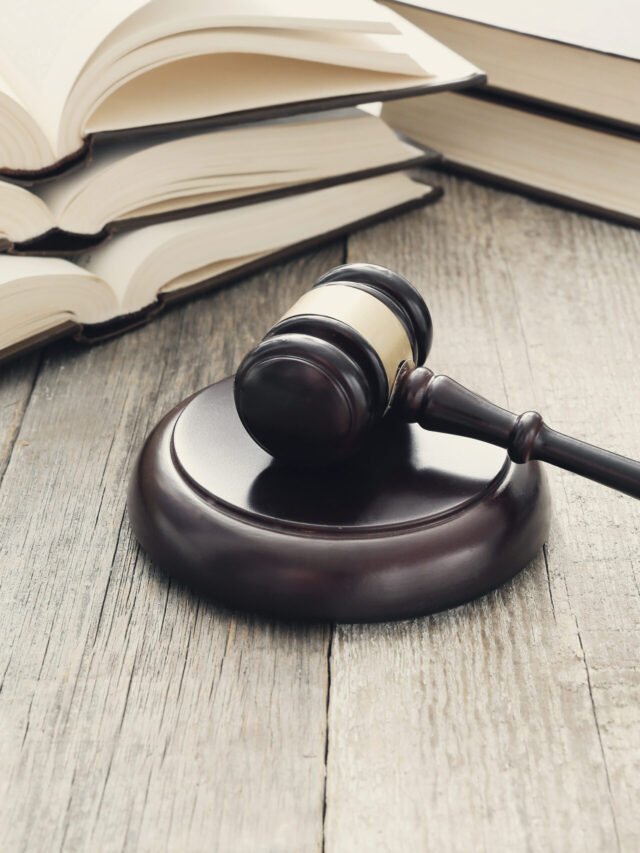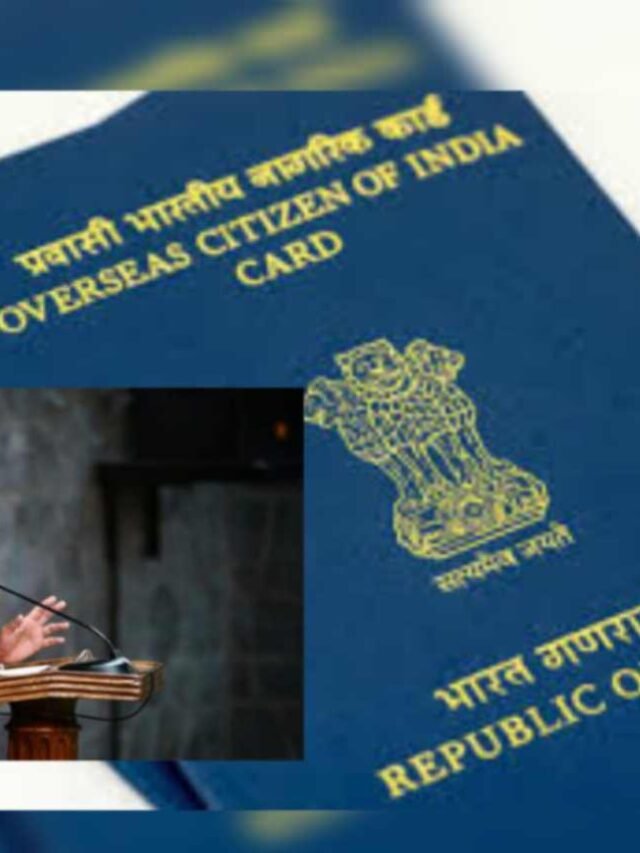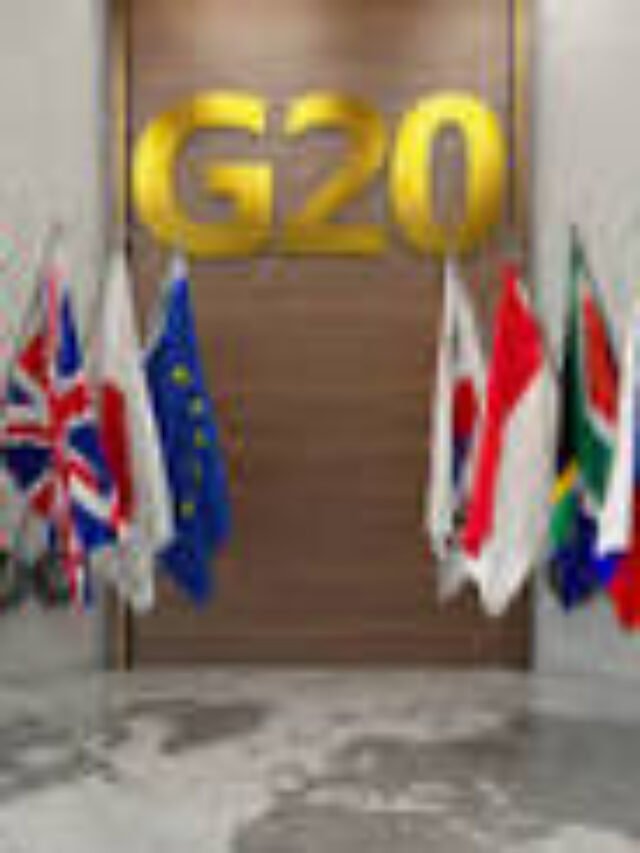Rahul Gandhi accuses the Election Commission of “match-fixing” over its decision to restrict access to polling booth CCTV footage. Dive into the legal, political, and privacy issues shaping this crucial debate on electoral transparency in India.
Introduction
India’s electoral process—often hailed as the world’s largest democratic exercise—has recently come under scrutiny following a heated controversy involving the Election Commission of India (ECI) and senior Congress leader Rahul Gandhi. On June 21, 2025, Gandhi publicly accused the ECI of “match-fixing” after the Commission amended rules to withhold CCTV footage from polling booths. The ECI defended its decision, citing legal provisions and the need to protect voter privacy and security.
This development has sparked a nationwide debate: Should electoral transparency take precedence over voter privacy? And what are the legal and democratic implications of this move? This article explores the issue in depth, evaluating both sides of the argument.
Background: Rahul Gandhi’s Allegation and ECI’s Response
Rahul Gandhi’s accusation came in response to the ECI’s decision to deny public and party access to CCTV footage recorded at polling booths. Gandhi alleged that this was a deliberate attempt to conceal irregularities and manipulate election outcomes.
In a swift response, the Election Commission cited provisions under the Representation of the People Act (1950 and 1951) and relevant Supreme Court rulings, claiming that releasing such footage could:
- Compromise voter anonymity
- Jeopardize polling booth security
- Violate existing legal and constitutional safeguards
The ECI emphasized that while it is committed to conducting free and fair elections, it must also balance that goal with protecting the sanctity of the voting process and the privacy of individual voters.
Legal Justification by the Election Commission
The Representation of the People Act, 1951, is the primary legislation governing the conduct of elections in India. It grants the Election Commission broad powers to oversee and regulate the electoral process. While the law does not mandate the real-time disclosure or post-election release of CCTV footage, it does require confidentiality at various stages of the voting process to maintain voter security.
Furthermore, Supreme Court precedents have emphasized the importance of ensuring the secrecy of ballots, especially to prevent voter intimidation, undue influence, or retrospective targeting. The ECI argues that making CCTV footage public could expose voter identities—either directly or indirectly—by showing sequences, faces, or patterns that might be exploited.
The Core Issue: Transparency vs. Privacy
The controversy hinges on a fundamental conflict between electoral transparency and voter privacy, both essential pillars of a democratic system.
Electoral Transparency
Proponents of transparency argue that public access to polling booth CCTV footage:
- Builds trust in the electoral process
- Acts as a check against fraud or irregularities
- Allows independent verification of official results
- Enhances the accountability of polling officials
In this context, Rahul Gandhi’s allegations reflect growing concerns from opposition parties and civil society groups that electoral mechanisms may lack sufficient public oversight.
Voter Privacy
On the other hand, privacy advocates caution against opening up surveillance footage, warning that:
- Sensitive data may be unintentionally exposed
- Voter identities might be deduced through analysis of camera angles or timing
- Legal norms and democratic safeguards could be violated, leading to future litigation
- Chilling effects could discourage voter turnout in areas with a history of political violence or suppression
The Election Commission’s stance underscores that ensuring a safe and private voting environment is non-negotiable, even if it comes at the cost of certain levels of transparency.
Political Ramifications
Rahul Gandhi’s statements have ignited a political firestorm. By using strong language such as “match-fixing,” he framed the issue not as a mere procedural change, but as a deliberate erosion of democratic integrity.
His comments resonate with a broader narrative that questions the neutrality of constitutional bodies. While the ECI has maintained its apolitical posture, public perception plays a critical role in the credibility of institutions. This episode, therefore, risks deepening political polarization and diminishing voter confidence, particularly among the opposition and youth voters.
Technological Considerations
The use of CCTV cameras and webcasting in elections is a relatively recent phenomenon, introduced to improve monitoring and reduce malpractices. However, technology is a double-edged sword.
- High-resolution video can inadvertently capture personal details
- Metadata (time stamps, crowd flow, etc.) can be used to analyze voter behavior
- Unauthorized access or leaks could compromise electoral integrity
Until there is a comprehensive policy governing the ethical use of surveillance data in elections, concerns like these are bound to arise.
What the Experts Say
Legal Experts
Constitutional scholars point out that the right to privacy, upheld by the Supreme Court in the landmark Puttaswamy judgment, must extend to electoral processes. Any surveillance measure—especially one involving biometric or visual data—must pass the test of legality, necessity, and proportionality.
Election Watchdogs
Organizations like the Association for Democratic Reforms (ADR) argue for greater transparency in election data, including donation records, candidate criminal histories, and polling processes. However, even these watchdogs recognize that public release of raw CCTV footage may have unintended consequences.
The Way Forward: Striking a Balance
India’s democracy is at a crossroads where transparency and privacy must be carefully calibrated. Possible steps to strike this balance include:
- Allowing limited access to footage under judicial or electoral scrutiny, not mass release
- Blurring or masking faces in publicly shared footage
- Auditing polling footage by independent election observers
- Legislative clarity on what surveillance data can be released, when, and to whom
Ultimately, the goal should be to preserve trust in the electoral system without compromising the constitutional rights of individual voters.
Conclusion
The recent row between Rahul Gandhi and the Election Commission over polling booth CCTV footage is not just a political skirmish—it’s a litmus test for Indian democracy. As technological tools become increasingly integrated into the voting process, the legal, ethical, and political frameworks governing them must evolve.
Transparency and privacy are not mutually exclusive. With thoughtful legislation, responsible oversight, and open dialogue, India can ensure that its electoral process remains both open and secure—a true reflection of the world’s largest democracy.

